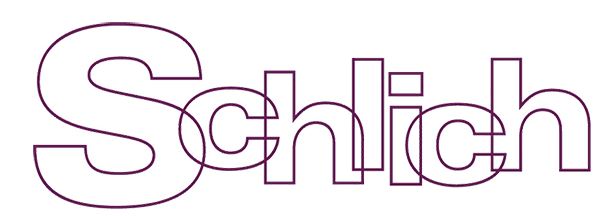EPO Board of Appeal Decision No. T 1741/22
In this recent Board of Appeal Decision, the EPO has shifted the circumstances under which a claim relating to a mathematical method can be considered to possess “technical character” for the purpose of assessing inventive step. This decision upends established EPO case law and Examination Guidelines, suggesting that claims related to mathematical methods used in medical diagnosis now require specific measurement steps or evidence of an “interaction with physical reality” to be deemed patentable.
Background and First Instance Decisions
In Europe, claims directed toward mathematical methods are allowable only if it is clear that they contribute to the “technical character” of an invention. Under European practice, to assess the inventive step of a mathematical method claim, it is evaluated whether the method contributes to the “technical character” of the invention. This contribution is typically confirmed if the mathematical method results in a technical effect.
Thus, there is a need for the term “technical character” in the context of a mathematical method claim to be clearly defined under European patent law. This issue is particularly relevant in medical devices, where mathematical methods are often used to analyse physical measurements.
The EPO Boards of Appeal have previously established (e.g. in T 2681/16) that mathematical methods used in medical diagnosis can be patentable if the claim demonstrates a sufficient number of measurements to substantiate a technical effect. The EPO Guidelines for Examination previously reinforced this principle, stating that “providing a medical diagnosis by an automated system processing physiological measurements” as a clear example of a “technical contribution” which gives rise to a technical effect.
However, the recent decision T 1741/22 has shifted the criteria for determining “technical character” in mathematical methods used for medical data processing, leading to heavy scrutiny of the EPO guidelines.
Decision of the Examining Division
The present Boards of Appeal decision, T 1741/22, originated from a first instance decision by the Examining division, which initially refused the application (EP16153964.8) for lack of inventive step. The method of claim 1, then under examination, was considered to relate to “an arbitrary method of displaying data” and thus lacked “technical character”. The application in question related to a system for processing blood glucose measurements to improve glucose monitoring analysis.
The applicant argued that the technical effect of the invention was not in a mere presentation of information but that “new data” was generated, which resulted in the improved analysis for guidance of a patient or physician and so possessed “technical character”. Despite similarities to earlier decisions, such as T 2681/16, which recognised technical contributions in similar contexts, the Examining division did not find the applicant’s arguments persuasive and the application was refused.
Decision of the Board of Appeal
Upon appeal, the board upheld the decision of the Examining Division and clarified the limits of patentability for mathematical methods in medical data processing, specifically distinguishing between generating new “data” and conducting new “measurements”.
The board found that the invention in question processed previously measured glucose monitoring data to calculate and display minimum and maximum glucose values (referred to as “new data”). The Board ruled that generating such “new data” does not contribute to the technical character of an invention because it relies on mathematical methods, which are inherently excluded from patentability under the EPC.
The Board explicitly disagreed with earlier case law (e.g. T 2681/16) and the EPO Guidelines for Examination (Part G, Chapter II, 3.3), which suggest that methods providing measures like glucose variability or predictions of glycaemic events may have technical character. The Board found that these processes do not constitute new measurements of a physical entity and therefore lack a technical effect.
This decision tightens the criteria for determining when mathematical methods in medical data processing can be considered patentable and seemingly raises doubts about when the examples given in the EPO guidelines can be relied upon during prosecution.
Final Discussion
This decision from the Board of Appeal appears to have established that claims involving the processing of medical data alone, without a direct or indirect interaction with physical reality, are unlikely to be considered to have technical character. This suggests that, to achieve grant, applicants may need to include specific “measurement” steps or demonstrate an “interaction with a physical reality”, as defined in the decision.
This decision may have broader implications for health-related data processing inventions, such as those involving data collected by wearables (e.g. sensors in smartwatches) in areas like exercise, nutrition, and general wellness. If these inventions process data without incorporating direct measurement steps or clear links to physical interactions, they may face challenges in meeting the EPO’s requirements for technical character and patentability.
Applicants working on patenting medical device and health related inventions that involve data processing should ensure their claims emphasise technical aspects, such as direct measurement steps or interactions with physical systems, to avoid exclusions for mathematical methods.









